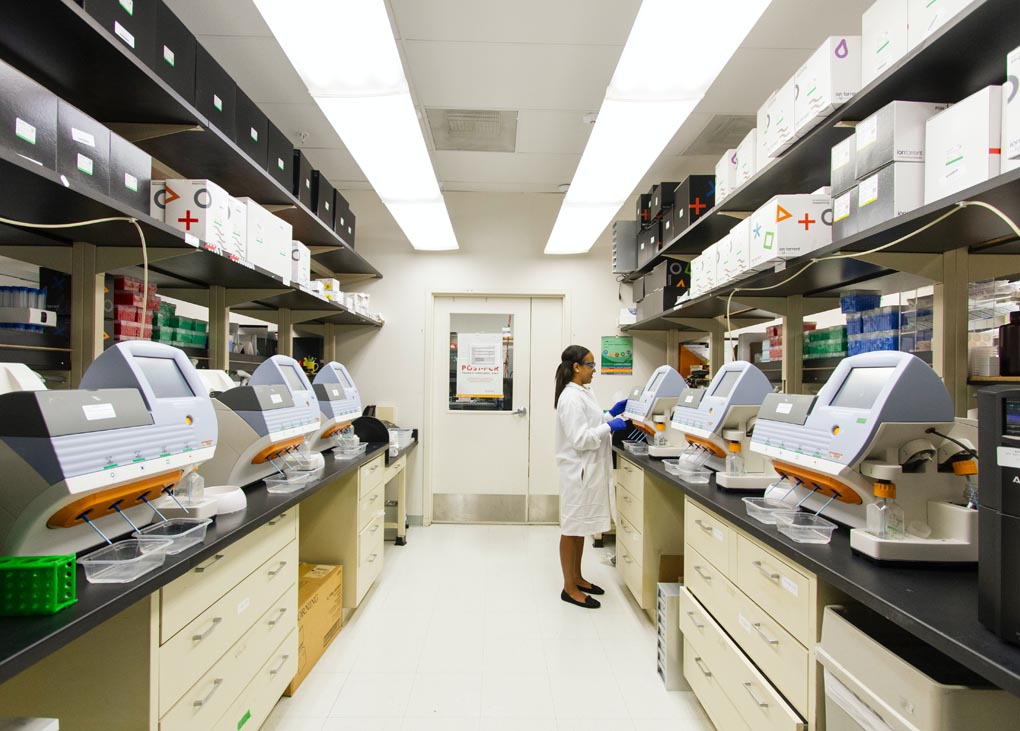Australian experts are establishing a local chapter of the International Institute for Sustainable Laboratories (I2SL), with the goal of designing, building and operating more sustainable laboratories and other highly controlled environments.
According to I2SL, laboratories have an outsized impact on carbon emissions due to their energy-intensive nature, making it vital that lab owners, managers, designers, and engineers understand how their facilities perform in terms of energy and emissions and realise the measures they can take to improve them.
“Labs use five to 10 times the energy of office buildings,” says Viscon Systems Managing Director John Penny, M.AIRAH, part of the group working to establish an I2SL chapter in Australia.
“In the US, labs account for 40 million tonnes of emissions per year. Globally the estimate is three times that amount – 120 million.
“Approximately 50 per cent of energy is wasted, and the majority of this is HVAC&R related. Also, labs are in a lot of places such as universities, hospitals, commercial, manufacturing facilities, CSIRO and ANSTO.”
Penny says the main goals of having an Australian chapter of I2SL are knowledge transfer via local chapter activities, written resources, webinars, workshops and annual conferences following current best practices.
“We also want to foster a global forum for information exchange to create and maintain sustainable laboratories and related facilities,” he says. “And we aim to help owners, managers, designers, engineers and sustainable advocates understand the steps needed to decarbonise these facilities.”
Penny notes that in Australia, laboratories have a separate building class – Class 8 – in the NCC.
“But there is no NABERS equivalent for tracking performance of energy or carbon emissions in labs,” he says.
“We have started the journey to decarbonise labs in Australia. The first steps have been taken by a small number of progressive institutions since 2010 and with AS 2243.8 in 2016, and for engineers with adoption of manifolded laboratory exhaust systems.
“However, it is recognised that as a group of like-minded people we must accelerate and take bolder measures to decarbonise labs using existing technologies and processes over the next five years. People needs tools, training, and accreditation to do this effectively and be rewarded for their contributions.”
The next steps for the local chapter include the legal set-up, as well as an event at University of Queensland in late November.
For information on the global I2SL initiative, go to i2sl.org
Photo by National Cancer Institute on Unsplash
 Mark Vender
Mark Vender


Leave a Reply